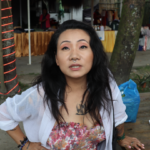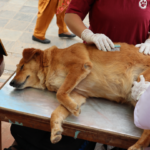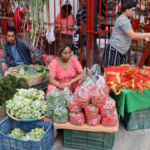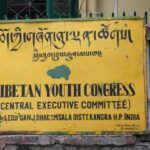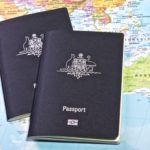“Birds Without Wings”: Undocumented Tibetans Refugees in Nepal Await Return Home
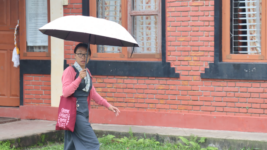
Being a majority Buddhist people, Tibetans well understand the concept of impermanence, or the temporary nature of all things. And at Tashiling, a permanent Tibetan settlement in Nepal that grew out of a short-term refugee camp, the temporary still reigns in many ways.
Situated on the outskirts of Pokhara: the capital of Gandaki province in central Nepal, Tashiling Tibetan settlement was established in 1964 upon 24 acres of land, which was donated by the Nepalese government and is entrusted to the Nepal Red Cross.
Tibetan people commenced fleeing their own nation into Nepal is 1959, as the Chinese Communist Party was consolidating its takeover of the region. And today, US-based rights group Freedom House ranks Tibet as the least free country in the world, alongside Syria and South Sudan.
Tashiling began as makeshift houses with tin roofs built upon vacant land that spread out in all directions. However, right now, the town, with a population of over 400 Tibetans, is made up of concrete houses and the surrounding area is completely urbanised.
But despite its six decades in existence, the younger Tibetans living in the town can’t gain official resident status in the country where they were born. And no matter what their age, the settlement’s entire population understands that one day they’ll be leaving to return home.
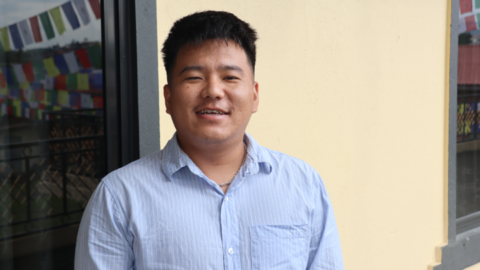
Undocumented people
“For Tibetans living here in Nepal, it’s very hard, because we don’t have proper identification,” explained Tenzin Richoe, the social mobiliser at Tashiling settlement. “Even when travelling to India, we face many problems, like border issues.”
“Until 1995, the Nepali government provided those 18 years of age with a resident certificate,” the 25-year-old Tibetan man told Sydney Criminal Lawyers. “After that they stopped providing the certificates. So now, we only have birth certificates and nothing else.”
This means that Tibetan people can’t work within the regular Nepalese economy. And Richoe knows this all too well, as even though he graduated with a Bachelor of Commerce, when he’s applied for jobs in banks, he’s firstly asked about his resident status, and, as he has none, he can’t be employed.
But, due to his qualifications, Richoe now runs the settlement’s microcredit scheme, where loans with low interest rates are granted to locals who are setting up a business, as even though refugees legally aren’t supposed to work, they can still establish and officially register such ventures.
“Indeed, we are like birds without wings over here,” Tenzin added in relation to the document and employment situation. “Even when you have the knowledge, you cannot get work inside the Nepalese environment.”
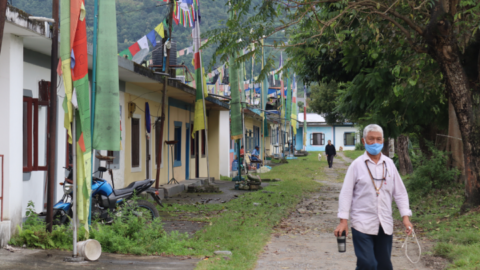
Cultural genocide
The Chinese Communist Party commenced a ground invasion of Tibet in 1949. It forced the Tibetan authorities to sign the 1951 Seventeen Point Agreement, conceding Chinese rule. And in 1959 there was a massive Tibetan uprising in the capital of Lhasa, but it was brutally crushed.
The Dalai Lama, the central figure of Tibetan life, fled his country just days after the uprising and tens of thousands followed in his footsteps. Some of those who made the journey in the days and years after him, are now the elderly living in Tashiling, with the younger people their descendants.
The CCP has always framed the takeover of its neighbouring country as an act of liberating the Tibetan people. In fact, as part of its agreement, it committed to preserve the Tibetan way of life, culture, religion and political structures, whilst it handled the colonised nation’s external affairs.
However, the CCP did the complete opposite. It commenced a program of cultural genocide that continues to this day. Beijing moved in its own people en masse. Tibetans became second class citizens. And China has attempted to stamp out Tibetan religion, as well as take control of it.
Today, if a local inside Tibet is found with a photo of the Dalai Lama, they’re imprisoned. The environment has been destroyed in the name of resource extraction.
And much like what happened to the First Nations people here, Tibetan children are being sent to live in boarding schools to learn in Mandarin and to be immersed in Chinese culture.
The latest repressions in Tibet relate to China’s COVID zero policy. Unlike other parts of the country, where those found sick are isolated and provided care, Tibetans are being locked up together regardless of virus status and being denied provisions. Five locals have already suicided as a result.
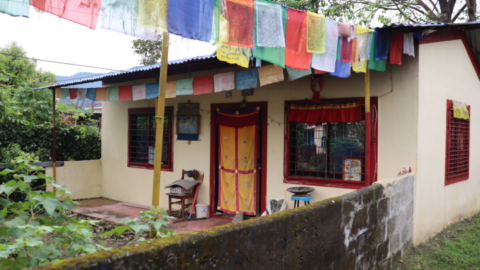
Thriving amongst adversity
The Central Tibetan Administration, a government-in-exile, operates out of Dharamsala in northern India.
In June, the CTA appointed the members of the 11th Tashiling Local Assembly, whom Richoe works under. And there are three other such settlements with their own assemblies in the Pokhara region.
“We have one settlement officer,” Richoe explained. “Under their leadership, we have six group leaders in our own settlement, who all work together for the welfare of the people.”
Tashiling further includes the Shree Gaden Dhargay Ling monastery, where around 27 monks reside.
There’s a Tibetan primary school for children, who once graduated, go on to join Chhorepatan High School, along with Nepalese teenagers. And there’s an onsite technical college at the settlement, where locals can learn a variety of trades, including carpentry and electronics.
Nonprofit NGO SOS also operates a children’s village in Tashiling where several hundred Tibetan orphans live. Richoe explains that when these children are included in the settlement population, there are about 750 Tibetans living locally.
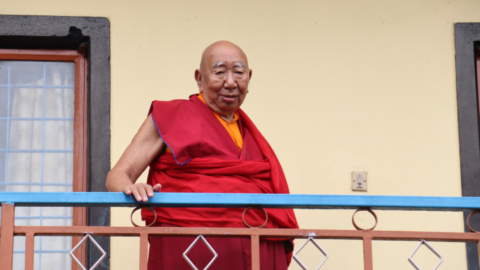
Returning home
In terms of how the majority of the people living in Tashiling earn a living at present, Richoe outlined that most of them run small businesses, especially souvenir shops selling Tibetan artefacts and crafts, along with restaurants serving traditional food.
And despite the settlement being described as permanent, Tenzin assures that the entire Tashiling community, including the elderly who made the trip on foot from Tibet down to the young people who’ve never known any other life, all expect to return to their homeland.
The CTA has established an elected parliament in Dharamsala, along with the whole gamut of departments expected of a government, including finance, home affairs, security, health, international relations and religion and culture.
And since 1997, the CTA has adopted the Middle Way policy regarding return to Tibet. It means the organisation is not seeking independence, but rather genuine autonomy and self-governance within the framework of the People’s Republic of China.
This approach is seen as a peaceful means of conflict resolution that will alleviate the suffering of Tibetan people as soon as possible and aims to provide social equality, as well as cultural and environmental preservation.
“Yes, definitely,” said Tenzin in response to a question on whether he expects to return to Tibet. “His Holiness says that the day will come for Tibetan people to return back to their own country. We are hoping and praying for that.”



